I didn’t read as many middle-grade books as usual in 2021, something I hope to remedy in 2022. Of those that I read, however, these six stood out. The first two are early middle-grade books, while the other four are for more advanced readers. Roughly, I would set the age-group for all six as 9-12. As with my favourite chapter books, I’ve included only those that I read for the first time last year, not well-loved rereads!
The Golden Eagle
The Golden Eagle by Deepak Dalal is a gorgeous book, with stunning illustrations by Krishna Bala Shenoi and a thrilling story to keep us hooked. One of the children at my book club told me it is his favourite read so far!
The white-headed squirrel Shikar wants to know about his parents, about where he came from and how he came to make friends with the birds. And so, Lovey and Dovey set out to tell him a story, the story of the golden eagle.
Animal stories are always special, especially animal stories like this one, where humans have practically no role to play. A pacy read, The Golden Eagle keeps you turning the pages, wondering whom to trust and whom to suspect, trying to figure out what will happen next, and reading on and on until you reach the last page.
Pinkoo Shergill: Pastry Chef
For the same age-group – early middle-graders – is another fun, pacy book that’s altogether different from The Golden Eagle. Pinkoo Shergill: Pastry Chef by Vibha Batra is a happy, sweet book featuring a young boy who wants to bake but is being pushed to learn to shoot instead. What is a boy to do when his dreams don’t line up with that of his father’s? How can he prove himself while also making his family happy?
Pinkoo Shergill is a delightful read, full of vivid, vibrant characters. They leap and run across the pages, making us jump and skip along, racing to keep up!
Neha and the Nose
Ever since I read Neha and the Nose by Ruchika Chanana, I’ve been recommending it to everyone who asks me what detective fiction to read. Funny, unusual and full of life, this book is a treat from start to finish. The language, the humour and the characters all appealed to me, even as I wondered if middle-graders would understand the wordplay. They might not, but the book will still appeal, simply because of how it pulls the reader in. Through the detective duo – Neha and the Nose, aka Johan – we are pulled into a mystery that keeps us guessing as we read page after page.
When the World Went Dark
When the World Went Dark by Jane de Suza is a beautiful book, another one that I shared with my book club. I loved reading it with them, listening to their guesses about what could have happened to Swara’s Pitter Paati.
It is the beginning of the pandemic and no one quite knows what’s happening. Rumours abound and Swara isn’t sure what to believe. One thing that she simply cannot believe is that her beloved Pitter Paati is gone. How is that possible? There’s no way her Pitter Paati would go away without saying goodbye!
The authenticity of the voice and the childlike conviction that Paati has left a series of clues for Swara to solve make When the World Went Dark a poignant, touching read. Gradually, as the story progresses, we see how Swara too begins to cope with the impossible.
The Very Glum Life of Tootoolu Toop
Another book I thoroughly enjoyed sharing with my book club was The Very Glum Life of Tootoolu Toop by Stuti Agarwal. Tootoolu Toop is a young witch who is convinced that witches and humans do not need to be enemies. With the help of a bear, her grandmother, and a newfound friend, she sets out to prove that she is right!
Seven months after having read the book, what I remember most vividly is how well the story and the design go together. With the use of different fonts, illustration that blends with the text, and little notes that Tootoolu writes, the book allows you to take breaks from the story while staying immersed in Tootoolu’s world. I love it, but more – for this age-group, children’s recommendations carry more weight, and the children at my book club loved it!
Ahimsa
Ahimsa by Supriya Kelkar is a lovely, lovely book. When I started reading it, I wondered why so many people had been talking about it because the story of our struggle for independence is a familiar one. But Ahimsa goes further. We know what our history textbooks tell us about the independence movement, but no period of history can be summed up with just one version of the story. What were the other struggles that we know little about? What of those who had been systemically oppressed? Was everyone’s struggle the same?
Looking at the independence movement through the lens of caste makes all the difference. I would have loved to read this as a middle-grader, letting the book open my eyes to the fact that many stories come together to create a semblance of truth.
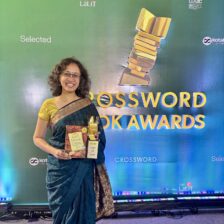
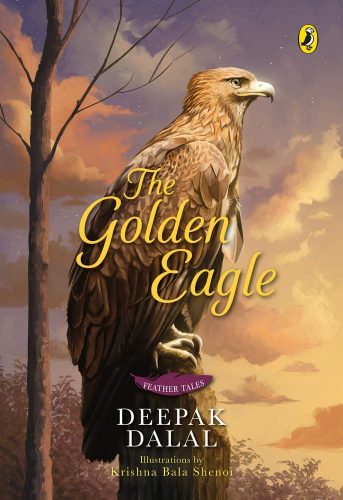
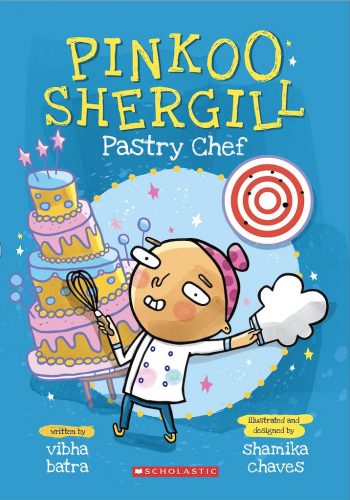
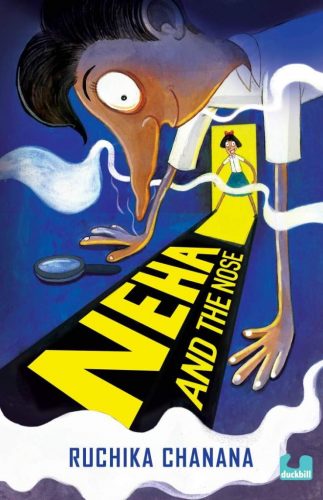
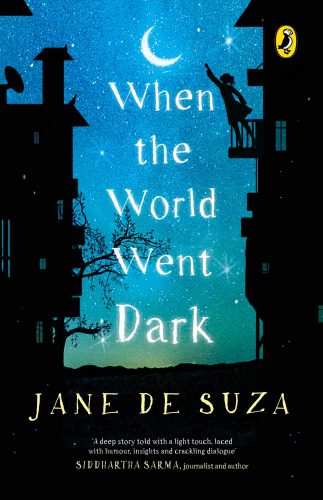
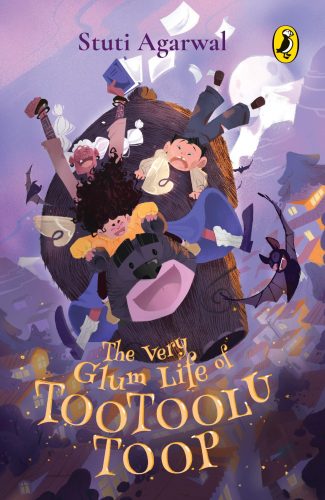
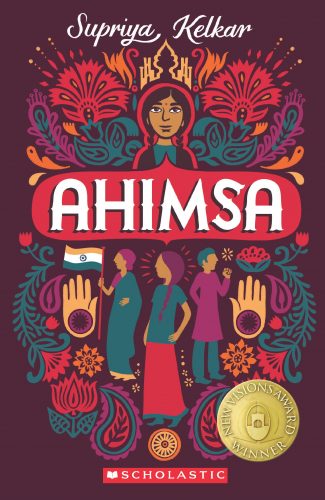
Leave a Reply